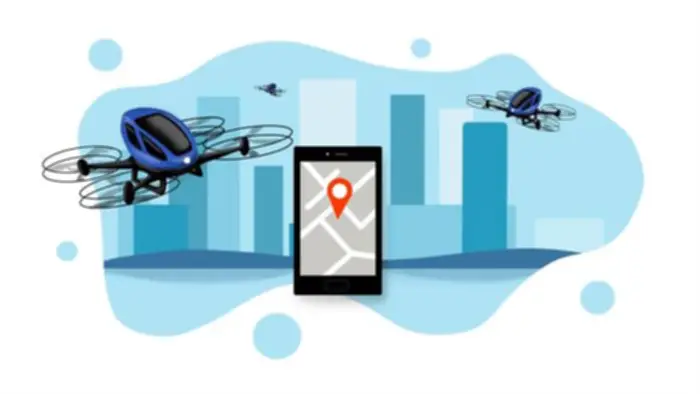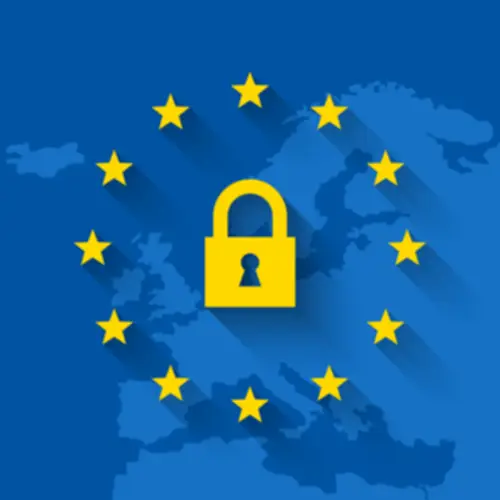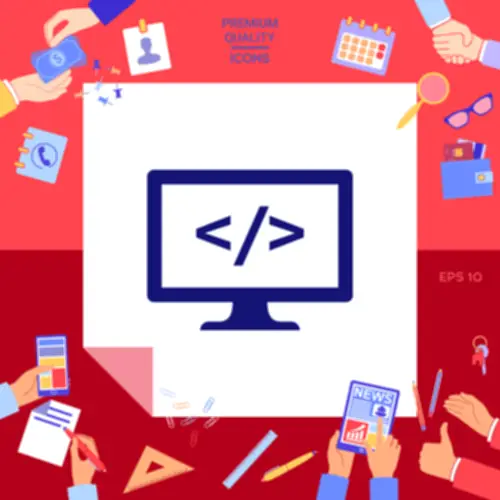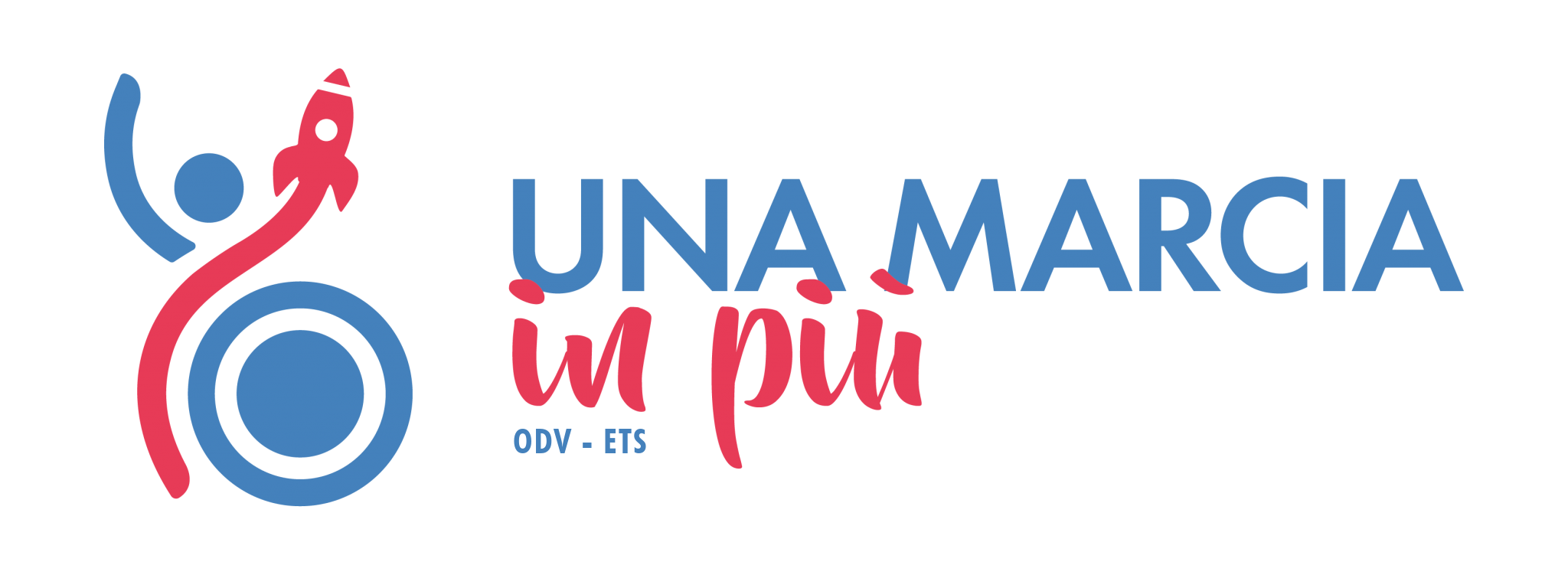The deep backlog is a critical deep product backlog device in product management and operations management. It serves as a central repository for all potential work gadgets, providing a complete overview of what could possibly be done. However, managing the deep backlog presents a number of challenges, together with prioritizing a lot of objects, preserving the backlog up-to-date, and speaking successfully concerning the objects within the backlog. Managing the deep backlog is a important task in each product and operations management. This includes regularly reviewing and updating the backlog, prioritizing gadgets, and deciding what to schedule for improvement or implementation. The goal is to make sure that the most useful and impactful duties are addressed first, while also balancing the needs and constraints of the group.
Unleash The Power Of Your Product Backlog With The Deep Qualities
The longer or shorter the planning horizon, the larger or smaller the work objects. This is sensible as it takes a lot more https://www.globalcloudteam.com/ effort to develop, specify, and preserve numerous small-grain work items compared to growing, specifying, and maintaining a small number of large-grain work objects. Smaller work objects, tales, are typically developed by breaking down bigger work gadgets, or epics. Stories are the unit of software program design, improvement, and value delivery.
Deep In Product Backlog Administration
Because a product backlog evolves, it’s straightforward to add new stories and items—or take away them—as new info arises. Emergent – Product backlog is natural; it constantly evolves, changing regularly as new objects are discovered and added primarily based on person and customer suggestions. Existing gadgets are reprioritized, modified, refined or eliminated – frequently. If a narrative must take no more than N/4 employees week of staff effort (ex. 20 staff-hours for two-week sprints), all SMART tasks in a narrative ought to add as much as not more than N/4 workers week of group effort. If you have 5 duties, each task on a median ought to take four hours of best time effort or much less. A product backlog could have several hundred or extra work gadgets, therefore the acronym DEEP.
Understanding The Deep Framework For Effective Product Backlog Management

Items at the prime are the next precedence, and objects toward the bottom are a decrease priority. When deciding which objects must be prioritized, contemplate the worth each merchandise will provide. On the other hand, gadgets that are lower on the priority listing don’t require practically as much element.

Streamline Backlog Refinement Meetings With Jira
Additionally, the system is susceptible to errors, leading to incorrect inventory knowledge, which has led to stockouts and overstocking. In this publish, we are going to discuss these two techniques in detail close to specific examples. It requires a clear understanding of the worth and impression of each item, in addition to the ability to make powerful selections about what to prioritize when sources are limited. With the information gleaned from retrospectives and stakeholder feedback, you can replace the backlog to mirror what you’ve learned alongside the way. Allow your backlog to evolve, adding, removing, and refining objects as wanted.

Start Collecting & Analyzing User Feedback Now
10% of the Scrum Team’s availability and capability is allotted for grooming. Since grooming is a continuous process in the sprint, the Product Owner constantly updates and refines the product backlog. Ensuring that the product backlog is DEEP through regular grooming periods helps set up that the product backlog does not turn out to be a black hole of redundant, unnecessary and useless gadgets, features and tales. Maintaining a well-groomed DEEP backlog will assist you to succeed with Agile. The hottest and an important artifact in Scrum, the product backlog is never full.

“launchnotes Has Created The Perfect Tool For Leveraging Product Momentum To Grow Your Business”
- Easy Agile TeamRhythm rework your flat product backlog, prioritizing primarily based on worth to the customer and bringing the shopper journey to life.
- I don’t know about you, however I’m glad that I’ve had a possibility to vary the plan I had for myself as I’ve progressed through my life instead of being locked into what 8-year-old me deemed a great path.
- It boosts effectivity, adaptability, team morale, and customer satisfaction.
- Backlog refinement takes time, however it’s nicely well worth the effort to have a wholesome, up-to-date backlog that’s at all times ready for the event staff.
- A good rule of thumb for splitting work is making certain every backlog merchandise by no means takes over half a sprint to complete.
- The agenda’s primary function is to maintain the group targeted on the selected backlog items and successfully full the refinement actions throughout the time set for the assembly.
This allows individuals time to evaluation backlog gadgets and the way they fit into the general project. Like any assembly in a project administration context, an agenda is important to maintain discussions on topic. Product house owners can create the backlog refinement assembly agenda and collaborate with related staff members, permitting them to give early feedback and time estimates on the gadgets and prepare for the upcoming subjects. The agenda’s primary purpose is to maintain the team targeted on the chosen backlog objects and efficiently complete the refinement actions inside the time set for the meeting. Atlassian’s assembly agenda template makes setting agendas, capturing notes, and sharing motion objects straightforward for Agile groups by providing a premade format in your meeting minutes. A DEEP backlog is a priceless device for product managers and growth groups, offering a clear and organized roadmap for the development process.
Create And Share The Meeting Agenda
As a backlog item will get nearer to being completed or moved right into a sprint backlog, it requires more element. Upcoming backlog gadgets should be detailed appropriately, to permit them to be better understood by the event staff. The closer an item is to being accomplished, the extra element it should have. Estimates are not final and infrequently expressed in story factors or best days (the variety of days of effort that it might take to get a story done if the group labored with no interruptions). Knowing the size of the objects helps prioritizing and planning the release. While lower-priority gadgets may have less precise estimates than higher-priority gadgets within the top of the backlog, all should nonetheless have a rough estimate.

The chosen items are then scheduled for implementation, based on the availability of assets and the general capacity of the operations staff. Prioritizing the deep backlog entails figuring out the relative significance or value of each merchandise. This is often based on a mix of things, such as the potential impact on prospects or the business, the trouble required to complete the merchandise, and the strategic alignment with the group’s goals. Though the whole Scrum Team collaborates and contributes to grooming, maintaining a product backlog is the responsibility of the Product Owner.

It’s a poor use of time to add particulars to decrease priority gadgets since you by no means know the way the backlog goes to evolve. You may waste a lot of time detailing low-priority gadgets after they may be eliminated or revised afterward within the course of. The decrease priority gadgets are estimated at excessive level and may be re-estimated as group will get more information. The high precedence objects within the Product Backlog are fine grained and have more details in addition to correct estimates because of more info and larger particulars of these gadgets. As the team will get extra detailed information on lower priority items, this stuff are further split in to small gadgets.
There is no mounted size for a backlog refinement meeting as a result of it is dependent upon project complexity and the dimensions of the product backlog. But it is a good apply to allocate two hours for the first few meetings. Once a project is underway, one-hour refinement meetings are common, and these conferences typically get shorter as sprints progress. When the assembly ends, follow up by sending the assembly minutes to all members and ensuring they understand the priority of the gadgets mentioned. Breaking down the development into motion objects using a device like Jira helps hold the important backlog components in focus. This prioritized backlog then turns into the focus of the subsequent sprint planning session.
Deep Backlog refers to a situation in product management where there might be a large quantity of gadgets in a product backlog. Each merchandise represents a function, enchancment, or bug repair that needs to be worked on. Just like a messy closet overflowing with clothes, a deep backlog can feel overwhelming and make it troublesome to prioritize and plan. It’s important for product managers to frequently evaluate and refine the backlog, ensuring that an important items are brought to the top and the less relevant ones are eliminated or deprioritized. The product owner is in management of ordering and prioritizing backlog gadgets, placing high-priority items on the top. They are also liable for backlog refinement, which ensures all backlog items are organized, have applicable details, and are ready for any upcoming dash planning.
Just like in product management, the deep backlog in operations management can also be a valuable software for communication and transparency. It allows all stakeholders to see what operational improvements are being thought of, serving to to align expectations and foster a way of shared ownership. Each merchandise in the deep backlog sometimes includes a description of the duty or feature, an estimate of the hassle required to complete it, and another relevant details. However, the extent of element and the format of these items can range extensively depending on the particular practices and instruments utilized by the organization. The refinement process adds particulars where wanted and prioritizes items based mostly on the current data a product proprietor has from staff members and stakeholders. The Product Backlog lists all features, features, necessities, enhancements, and fixes that must be developed for the product launch.

